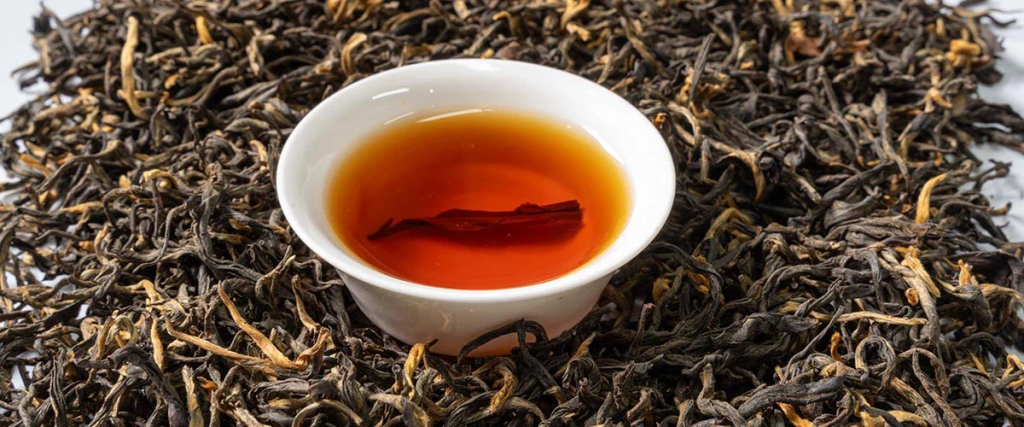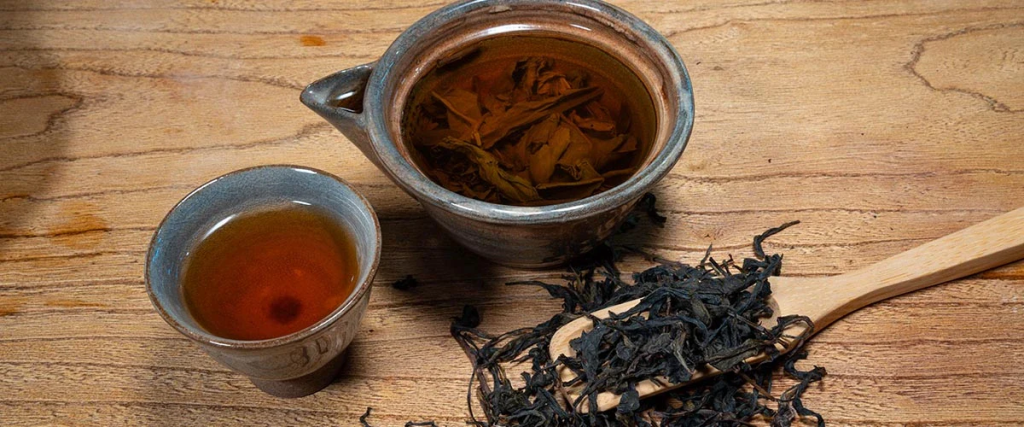When exploring the world of tea, it’s not uncommon to come across terms like red tea, black tea, and dark tea. While these terms may seem confusing at first, they actually refer to different categories of tea with distinct characteristics and production methods. Understanding the connection between these teas can help you appreciate their unique qualities and make informed choices when selecting teas for your collection.
Red Tea and Black Tea: Different Names for the Same Tea
In many parts of the world, including China, red tea is known as black tea. This can be attributed to historical and linguistic differences. In China, the term “red tea” refers to the tea’s deep red liquor, which results from the complete fermentation process during production. In contrast, the term “black tea” is used in the West to describe the same type of tea, emphasizing its dark color and robust flavor profile.
Despite the difference in terminology, red tea and black tea are essentially the same type of tea, characterized by their full fermentation and rich, complex flavors. Both teas undergo a similar production process, including withering, rolling, fermenting, and drying, which contributes to their distinctive taste and aroma.

Dark Tea: A Unique Category
Dark tea, on the other hand, represents a different category of tea with its own unique production process and flavor profile. Also known as fermented tea, dark tea undergoes a post-fermentation process that involves microbial fermentation, giving it a darker color, earthy flavors, and a unique taste.
The most famous example of dark tea is Pu’er tea, which originates from Yunnan Province in China. Pu’er tea can be further divided into raw Pu’er (sheng Pu’er) and ripe Pu’er (shu Pu’er), depending on the fermentation process. Raw Pu’er undergoes natural aging through exposure to the elements, while ripe Pu’er is artificially fermented using a controlled microbial process.

The Connection Between the Three
Although red tea/black tea and dark tea belong to different categories, they share some common characteristics. Both types of tea undergo fermentation processes that significantly influence their flavors, aromas, and health benefits. Additionally, they are all rich in antioxidants and other beneficial compounds that contribute to their various health effects.
Moreover, the production of these teas often involves traditional techniques and cultural heritage, making them not only beverages but also symbols of history and tradition.
In summary, red tea, black tea, and dark tea are connected through their fermentation processes and the unique flavors they offer. Understanding these connections can enhance your appreciation for the diverse world of tea and guide you in selecting the perfect tea for your taste preferences and health goals.



